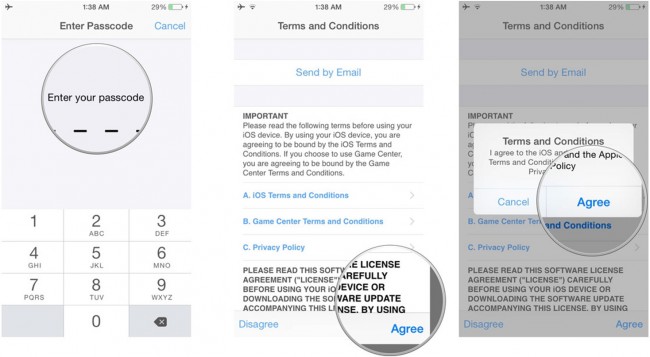

Select the messages you want to move from iPhone/iPad to Mac.Once your phone contents show up in AnyTrans, choose Messages.Connect your iOS device to Mac using a cable.Open AnyTrans for iOS on your Mac via Setapp.For example, you can use a content transferring app like AnyTrans for iOS to sync your messages across devices - either all of them or just the certain ones. Go to the iMessage tab and click Sign Out.įind a solution that will never let you down.

Here’s how to sign out of iMessages on a Mac: Open Settings and scroll down to Messages.Here’s how to sign out of iMessages on an iOS device: Then, sign back in and check if your messages sync from iPhone to Mac. Try signing out of iMessage on your iPhone and Mac. You might need to toggle the feature off and on or learn how to refresh Messages on Mac after your internet connection has improved. Most of the syncing issues that relate to iMessage can be fixed easily. Luckily, there’s a solution for each of them. The email address you use with iMessage is deactivated.Your settings are off after an iOS update.Why are Messages on Mac not syncing? There might be numerous reasons: What’s happening? Text messages not showing up on Mac means they’ve stopped syncing from your iOS device. You go back to your iPhone or iPad and find the thread you were looking for. Then, oops, it’s a wrong thread - probably some old one. So you open your Messages app on Mac and automatically reach for the recent thread. ✕ Why are my iMessages not syncing between iPhone and Mac?

Both names are widely used and often interchangeable (you’ll even come across “iMessages,”) so please don’t be confused about different names we use in the article.

Today, iMessage is a feature inside Messages, denoting the type of messages that can be sent from one Apple device to another. IMessage was the official name of Apple’s messaging service from its launch in 2011 until the major revamp in 2020 - it’s when the Messages app arrived.


 0 kommentar(er)
0 kommentar(er)
